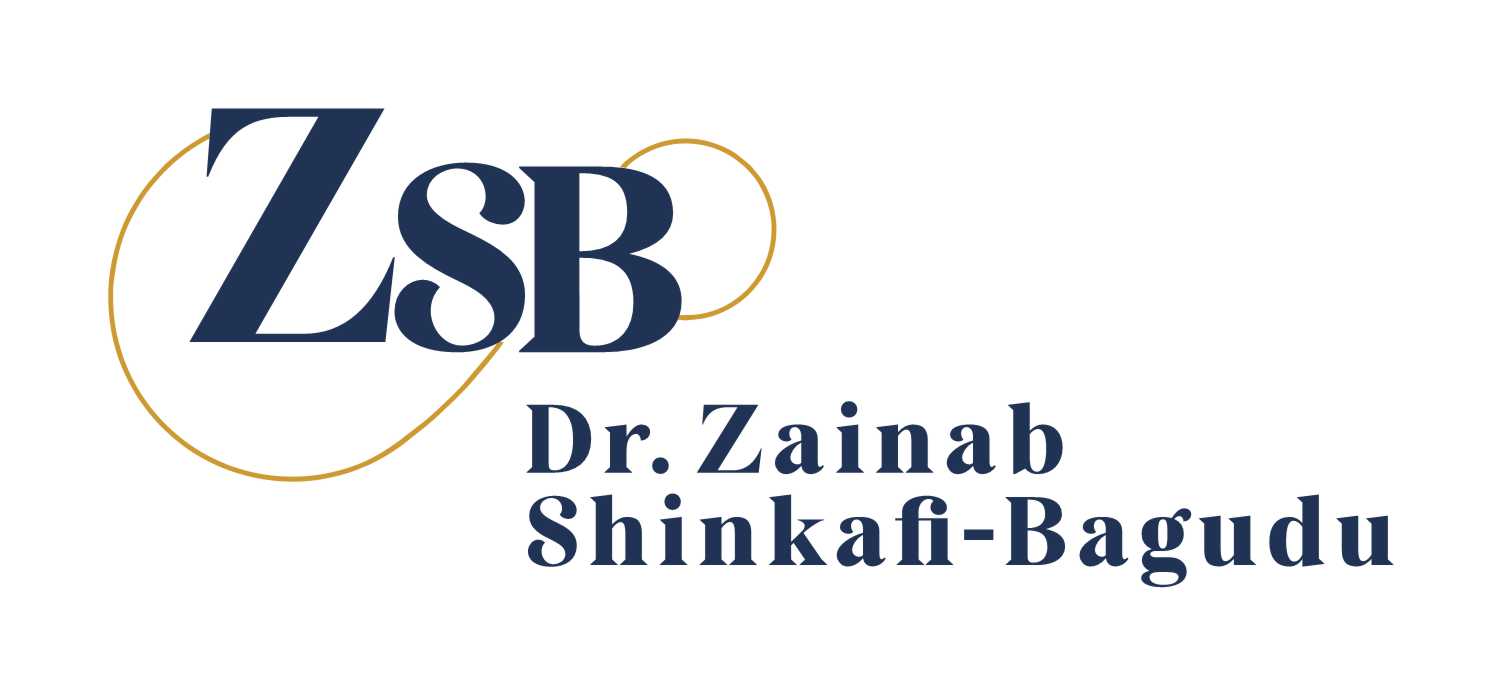Cervical Cancer is a global public health concern, and Nigeria is no exception to its devastating impact. Cervical Cancer is the 2nd most common form of cancer among women in Nigeria, with an estimated 12,065 new cases and 7,968 death each year. Most of these cases are preventable through vaccination against the Human Papillomavirus (HPV), the virus that causes cervical cancer. With such a high burden of cervical cancer cases, Nigeria has taken significant steps towards providing HPV vaccine for Nigerian girls aged 9 – 14 with support from Gavi, the Vaccine Alliance, and UNICEF.
A complex cocktail of factors accounts for the high burden of cervical cancer in Nigeria. Poor access to prevention (vaccination and screening) and treatment services through the primary health care system is much talked about, however, poverty and a lack of education (awareness) are also critical risk factors that must be addressed to successfully reach every girl.
To provide universal access to HPV vaccines for adolescent girls in the country, the National Primary Health Care Development Agency (NPHCDA) is coordinating the national introduction of HPV vaccine into the routine immunization schedule from November 2023. The launch will commence in 16 states targeting girls between the ages of 9 – 14 through in-school and outreach vaccination models.
Many Nigerians are not aware of the link between HPV and cervical cancer, or are hesitant to vaccinate their daughters against the virus. NPHCDA working in partnership with State Primary Health Cared Development agencies (SPHCDA) is doing a commendable job in creating the required landscape for improved acceptance and adoption of HPV vaccines in communities across the country. As a long-term campaigner for universal access to HPV vaccine and the chairperson of First Ladies Against Cancer (FLAC) Initiative, I am fully aware of the work that has gone into building a national coalition of cancer advocates and civil society groups who will work at sub-national and community levels to create the necessary engagement that will sustain demand for HPV vaccination.
Adolescent girls aged 9 – 14 are not a monolith in Nigeria, there are regional differences that must be addressed, to successfully reaching this target group depending on which side of the rivers Niger and Benue you find yourself implementing. According to the United Nations Children’s Fund (UNICEF), over 50% of Nigerian girls are not attending school at the basic education level. As of 2023, there are approximately 7.6 million girls out of school in Nigeria, with 3.9 million at the primary level and 3.7 million at the junior secondary level, a spread that include adolescent girls aged 9 – 14. This reality highlights the need for SPHCDAs to have a cohesive implementation strategy that is centered around healthcare workers, teachers, traditional and religious leaders, and community-based civil society groups to ensure we reach every adolescent girl with the HPV vaccine.
Healthcare workers that work in and outside of health facilities that serve communities across the country e.g., community health extension workers are critical to rapidly accelerating access to HPV vaccine towards the 2030 cervical cancer elimination goal as seen in countries like Rwanda and Malawi. This responsibility commences even before vaccines arrive at service delivery points (health facilities, schools, markets, etc) as vaccines don’t do not hold their potency for long out of their required cold chain conditions. The added challenge in managing delivery to rural areas while maintaining vaccine integrity is insecurity and poor infrastructure such as electricity and easily accessible roads. This demands a well-defined HPV vaccine delivery strategy in security compromised and hard-to-reach settlements such as the Reach Every Settlement (RES) model of the national polio programme.
The design of the primary healthcare system in Nigeria will see healthcare workers educating the public about the HPV vaccine and cervical cancer, administering the vaccine, and monitoring the vaccine’s safety and effectiveness. The ongoing state level capacity building of healthcare workers across these three fronts is commendable, however, this cannot be a one-time intervention to sustain quality and track performance. To address the inherent challenge with public sector healthcare worker numbers and distribution across Nigeria, state ministries of health will need to implement a model that incorporates duly registered private-for-profit healthcare providers to meet coverage targets.
Educators will also play a crucial role as we institute access to HPV vaccination through the school-based vaccination model. Teachers serve as a key medium for imparting health knowledge to students, helping students understand the importance of HPV vaccination and how it works, they are the bridge to communicating with parents and caregivers to secure consent for an effective programme. Outside of the schools, the SPHCDA will need to implement an effective and ongoing advocacy programme to engage religious and traditional leaders to reach adolescent girls outside of the formal education system, this is especially important in the northern half of Nigeria. State Universal Basic Education Boards (SUBEB), Nigerian Supreme Council for Islamic Affairs (NSCIA), and the Christian Association of Nigeria (CAN) are primary stakeholders in achieving universal HPV vaccine acceptance and adoption across Nigeria.
Medicaid Cancer Foundation’s experience in piloting school-based HPV vaccination in Yauri, Kebbi State in 2020 is evidence that cancer non-profits and civil society groups are vital to creating awareness, demand generation, and reaching adolescent girls within and without the walls of schools. HPV vaccines acceptance levels recorded during the pilot is directly linked to an approach that included public-health-sector and community gatekeepers from project design through to implementation.
Globally, just one in eight girls are vaccinated against HPV. Supply chain issues that were exacerbated by the Covid-19 remain an ongoing challenge. Though the number of WHO pre-qualified HPV vaccines have increased from two to five since 2017, demand for the HPV vaccine outstrips supply and the price in the open market is out of reach for many countries in Sub-Saharan ko Africa. The Federal Ministry of Health must prioritize facilitating facilitation of local manufacturing manufacture of HPV vaccine to address these challenges and meet medium to long term needs outside of Gavi’s commitment to support the vaccination of 13.6 million girls by 2025. Drawing from the lessons of the Covid-19 pandemic, building local vaccine manufacturing capacity should be a health security priority for Nigeria, it will consequently improve the access and uptake of HPV vaccine in the SSA region.
The successful introduction of the HPV vaccine in Nigeria will depend on the commitment and dedication of policymakers at national and subnational levels ability to build the required coalition of stakeholders as described above. Prioritizing the availability/dissemination of accurate information and raising awareness about the vaccine, providing the required resources for healthcare workers to reach communities of all types across the country, as well as transparent and accountable implementation processes will see Nigeria accelerate its progress towards achieving 90% of Nigerian girls being fully vaccinated with the HPV vaccine by 15 years of age by 2030.

